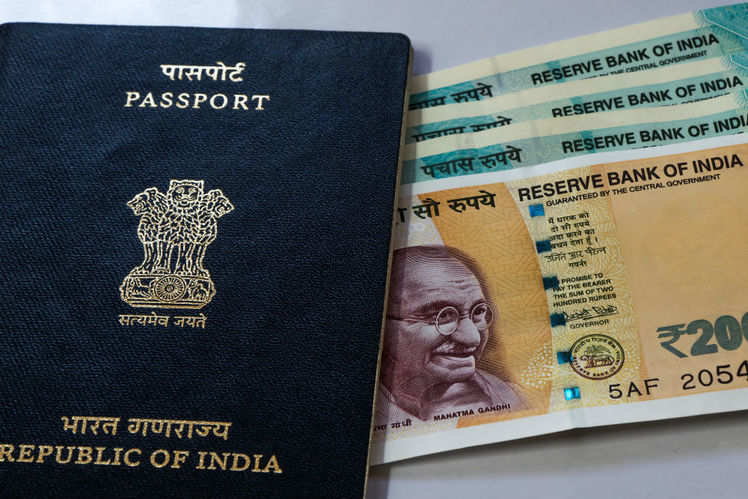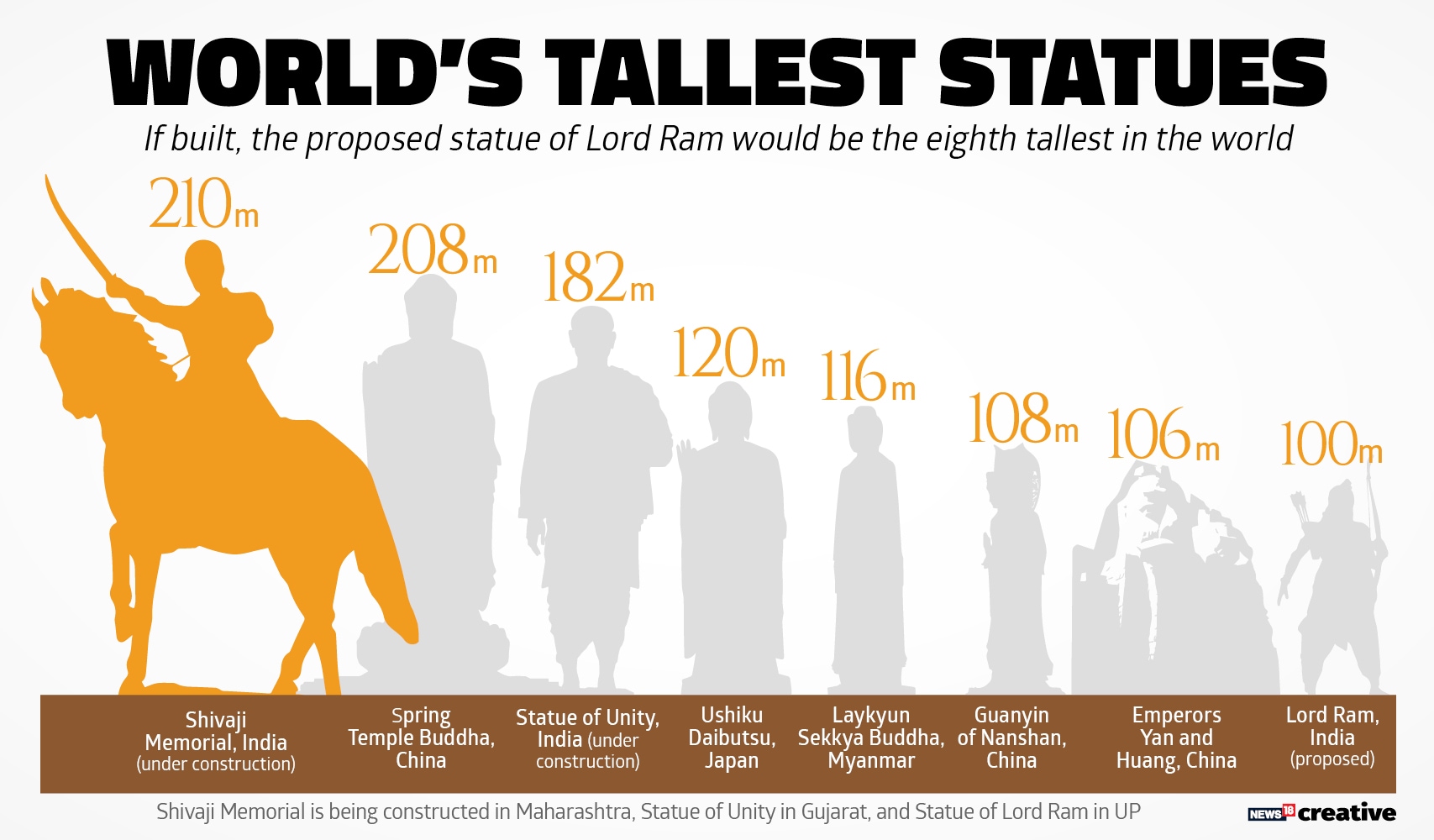Guru Nanak Jayanti 2019
Guru Nanak (15 April 1469 – 22 September 1539) was the founder of Sikhism and the first of the ten Sikh Gurus. His birth is celebrated worldwide as Guru Nanak Gurpurab on Kartik Pooranmashi, the full-moon day in the month of Katak, (October–November).
He was born on 15 April 1469 at Rāi Bhoi Kī Talvaṇḍī village in the Lahore province of the Delhi Sultanate (present day Nankana Sahib, Punjab, Pakistan). Some Janamsakhis place his birth in the katak month (November).
His parents were Kalyan Chand Das Bedi, popularly shortened to Mehta Kalu, and Mata Tripta. His father was the local patwari (accountant) for crop revenue in the village of Talwandi. His parents were both Hindu Khatris and employed as merchants.
Nanak travelled far and wide teaching people the message of one God who dwells in every one of His creations and constitutes the eternal Truth. He set up a unique spiritual, social, and political platform based on equality, fraternal love, goodness, and virtue.
Nanak's words are registered in the form of 974 poetic hymns in the holy text of Sikhism, the Guru Granth Sahib, with some of the major prayers being the Japji Sahib, the Asa di Var and the Sidh-Gosht. It is part of Sikh religious belief that the spirit of Nanak's sanctity, divinity and religious authority descended upon each of the nine subsequent Gurus when the Guruship was devolved on to them.
Guru Nanak appointed Bhai Lehna as the successor Guru, renaming him as Guru Angad, meaning "one's very own" or "part of you". Shortly after proclaiming Bhai Lehna as his successor, Guru Nanak died on 22 September 1539 in Kartarpur, at the age of 70.
Teaching of Guru Nanak:
Nanak's teachings can be found in the Sikh scripture Guru Granth Sahib, as a collection of verses recorded in Gurmukhi.
There are two competing theories on Guru Nanak's teachings. One, according to Cole and Sambhi, is based on hagiographical Janamsakhis, and states that Nanak's teachings and Sikhism were a revelation from God, and not a social protest movement nor any attempt to reconcile Hinduism and Islam in the 15th century.
The other states, Nanak was a Guru. According to Singha, "Sikhism does not subscribe to the theory of incarnation or the concept of prophethood. But it has a pivotal concept of Guru. He is not an incarnation of God, not even a prophet. He is an illumined soul.
Through popular tradition, Nanak's teaching is understood to be practised in three ways:
Vaṇḍ Chakkō: Sharing with others, helping those with less who are in need
Kirat Karō: Earning/making a living honestly, without exploitation or fraud
Naam Japna: Meditating on God's name to control the five weaknesses of the human personality.
Guru Nanak emphasised Nam Japna (or Naam Simran), that is repetition of God's name and attributes, as a means to feel God's presence.
ਗੁਰੂ ਨਾਨਕ ਦੇਵ ਜੀConcept of Sikh Gurus:- Founded in the Punjabi region of India over 500 years ago, one would think the Sikh religion would have more than ten Gurus, who are holy leaders and teachers. Sikhism developed in an area where contact between Muslims and Hindus occurred frequently with periods of cooperation and conflict. Sikhism, while sharing some traits with each, is a completely separate religion that follows a single god but believes that all religions follow this god in their own way. Let's look at how each Guru helped shape Sikhism. List of Sikh Gurus:- 1. Guru Nanak (1469-1539) Guru Nanak, the founder of Sikhism, came from a Hindu family in a village populated by both Hindus and Muslims. At 13, the Guru declined the sacred thread at his coming of age ceremony. Years later, after vanishing for three days, the Guru returned to his family with a revelation from God. Guru Nanak taught that there is only one god and all religions follow this god in some manner. To obey God, one needs to follow a path of honesty and hard work. The Guru frequently spoke against empty rituals and wrote many poems and hymns to teach his followers. He traveled most of his life to share Sikhism throughout Asia and the Middle East. 2. Guru Angad (1539-1552) Originally named Lehna, Guru Angad became deeply devoted to Guru Nanak and his teachings. Guru Nanak called Lehna to him and gave him the name Angad from the word Ang meaning hand. He then blessed him and named him his successor. Guru Angad's most notable achievements included creating the langar, a free kitchen where anyone could gather and eat, and strongly advocating for children's education. 3. Guru Amar Das (1552-1574) Guru Amar Das, successor of Guru Angad, lived a simple life devoted to Sikh principles and service to others. He expanded the role of the langar and instituted it in several locations, requiring anyone wishing to meet with him to first dine in the langar. He further taught that all people were equal in the eyes of God, including women. He commissioned a community of Sikhs which became Ramdaspur, later renamed Amritsar. Finally, he collected the writings of all prior Gurus, forming the first manuscripts of the Sikh holy book, the Sri Guru Granth Sahib. 4. Guru Ram Das (1574-1581) Near the end of his life, Guru Amar Das nominated his son-in-law Jetha to Guruship, naming him Ram Das. Guru Ram Das' teachings continued the doctrine of equality. He also preached against superstition and the empty adherence to ritual, dietary restrictions, and dress codes. He told Sikhs that engaging in the joys and sorrows of others was equally as important as meditation to spiritual growth. 5. Guru Arjan (1581-1606) Guru Ram Das selected his youngest son, Arjan, to succeed him after learning of his eldest son's, Prithi Chand's, jealousy and deceitful withhold of letters from his younger brother. Upon taking leadership, Guru Arjan left for Ramdaspur to continue the work there while avoiding his brother. Sadly, Prithi Chand, with the ear of the Mughal Emperor, had his brother imprisoned and tortured to death. 6. Guru Hargobind (1606-1644) Guru Hargobind accepted the leadership of the Sikh faith only a month before his 11th birthday. The loss of Guru Arjan, his father, and the cruelty of the emperor led Guru Hargobind to decline the Seli, a wool cord worn by every Guru since Nanak. Instead, he asked for a sword. Thus, he began the militarization of the Sikh. 7. Guru Har Rai (1644-1661) After the tumultuous struggles during Guru Hargobind's leadership, the Guruship of his successor Har Rai was relatively peaceful. Much like his grandfather, Guru Hargobind, he accepted the Guruship at a young age, only 14. The Guru taught simplicity and devotion to God through love and self-sacrifice. 8. Guru Har Krishan (1656 –1664) Guru Har Kishan was the eighth of the ten Sikh Gurus. At the age of 5, he became the youngest Guru in Sikhism on 7 October 1661, succeeding his father, Guru Har Rai. He contracted smallpox and died of the disease in 1664 before reaching his 8th birthday. He is also known as Bal Guru (Child Guru), and sometimes spelled in Sikh literature as Hari Krishan Sahib. He is remembered in the Sikh tradition for saying "Baba Bakale" before he died, which Sikhs interpreted to identify his granduncle Guru Tegh Bahadur as the next successor. Guru Har Krishan Sahib had the shortest reign as Guru, lasting only 2 years, 5 months and 24 days. 9.Guru Tegh Bahadur (1621 – 1675) Guru Tegh Bahadur was the ninth of ten Gurus of the Sikh religion. Tegh Bahadur continued in the spirit of the first guru Nanak, his 116 poetic hymns are registered in Guru Granth Sahib. Guru Tegh Bahadur prevented conversions of the Hindu Kashmiri Pandits to Islam, and was publicly beheaded in 1675 on the orders of Mughal emperor Aurangzeb in Delhi for himself refusing to convert to Islam and saving Hindu Kashmiri Pandits and other non-Muslims or as viewed by Muslims that he was condemned to death for waging war but was offered at last moment that converting to Islam will save him, which he declined as he wanted to be in Sikh rehat till his last breath. Gurudwara Sis Ganj Sahib and Gurdwara Rakab Ganj Sahib in Delhi mark the places of execution and cremation of the Guru's body. The martyrdom of Guru Tegh Bahadur is remembered as the Shaheedi Divas of Guru Tegh Bahadur every year on 24 November, according to the Nanakshahi calendar released by the Shiromani Gurdwara Parbandhak Committee in 2003. 10. Guru Gobind Singh (1666 – 1708) Guru Gobind Singh born Gobind Rai, was the tenth Sikh Guru, a spiritual master, warrior, poet and philosopher. When his father, Guru Tegh Bahadur, was beheaded for refusing to convert to Islam, Guru Gobind Singh was formally installed as the leader of the Sikhs at age nine, becoming the tenth Sikh Guru. His four sons died during his lifetime – two in battle, two executed by the Mughal army. Among his notable contributions to Sikhism are founding the Sikh warrior community called Khalsa in 1699 and introducing the Five Ks, the five articles of faith that Khalsa Sikhs wear at all times. Guru Gobind Singh also continued the formalisation of the religion, wrote important Sikh texts,and enshrined the scripture the Guru Granth Sahib as Sikhism's eternal Guru. |
































































